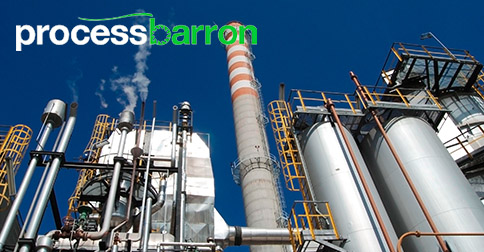While it’s true that the twentieth century boasts many integrated pulp and paper mills that are mostly self-sufficient and operating properly, most of the air handling systems on their boilers and kilns are not efficient. This could be due to the fact that they are a part of the original system, or they’ve been modified over the years and have developed inefficiencies because of those changes.
Many older pulp and paper mills have aged ductwork, worn-out expansion joints, and old air heaters, all of which are likely to suffer leakage issues that cause problems for boiler and kiln operations. Typically, the upgrades that are implemented to address these problems negatively affect their air handling systems.
The Effects of a System Change on an Air Handling System
The main problem with a new system’s volume and pressure requirements is that it changes the operating point on the fan curve. That means the fan may be forced to operate on a very inefficient point on the curve, which translates to excessive energy used and increased costs for your plant.
Another issue is that many fans are oversized and haven’t undergone modifications for the new system changes after the installation of new equipment meant to improve kiln and boiler function.
Addressing the Issues in Your Pulp and Paper Air Handling System
Some plant owners haven’t done anything about these problems because they weren’t sure how to address them. Often, if a company is called in to evaluate pulp and paper air handling systems, they end up recommending a complete ID fan replacement – effective, but not necessarily affordable.
An alternate solution is to retrofit an existing air handling system, using as much of the current equipment as possible. This is an effective strategy that can be done relatively quickly and inexpensively, which means less money spent and less downtime for your plant.
FD fans, ID fans, and multiclone dust collectors are the best options when it comes to retrofits. Some options include tipping/de-tipping the fan blades, or even changing the design of the fan blades. Sometimes, a more efficient fan impeller can be incorporated into the fan housing that’s already there, allowing the reuse of existing bearings, foundations, coupling, and motor.
For multiclone dust collectors, the solution may come in the form of a larger tube design to reduce system pressure drop and increase collector efficiency. By doing this, ID fan horsepower consumption can be reduced, as well as maintenance costs for other equipment like the ID fan, ductwork, precipitator, and more.
ProcessBarron Can Help Your Pulp and Paper Mill Run Efficiently
We have years of experience in the operations of pulp and paper mills, and we are ready to help your plant operate more cost-effectively. Contact us today for more information!


